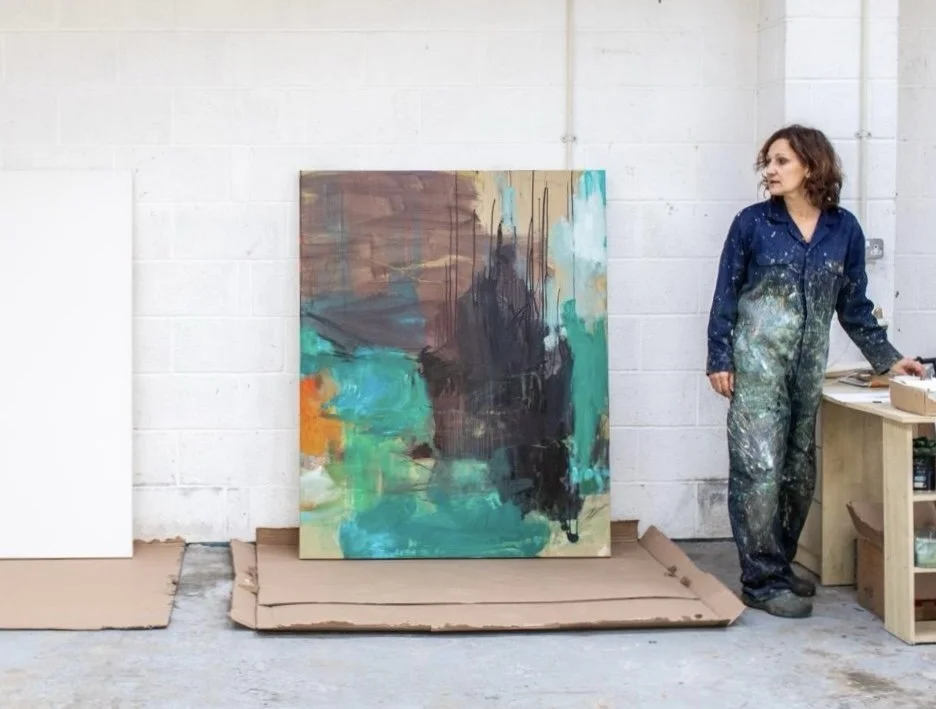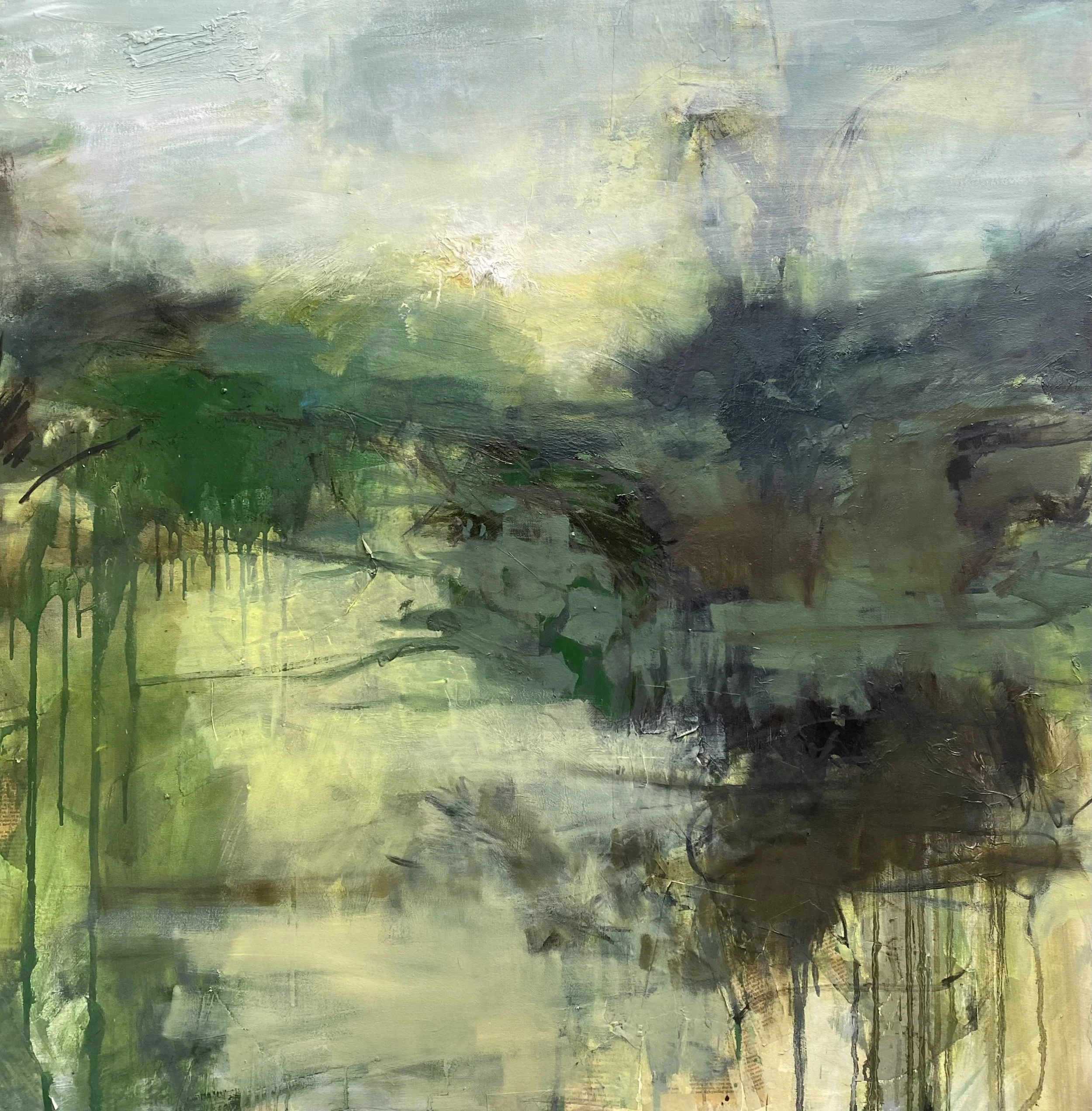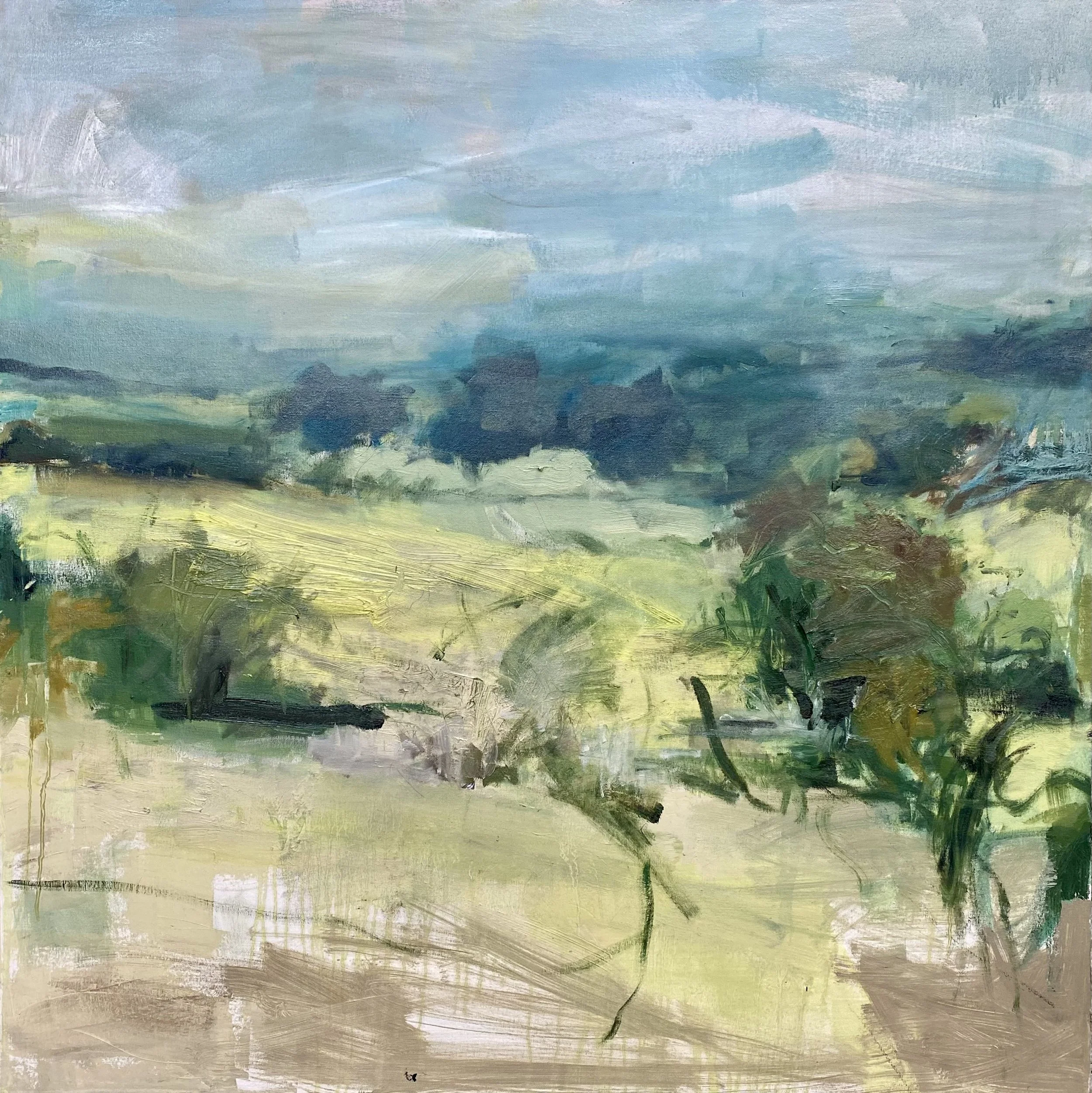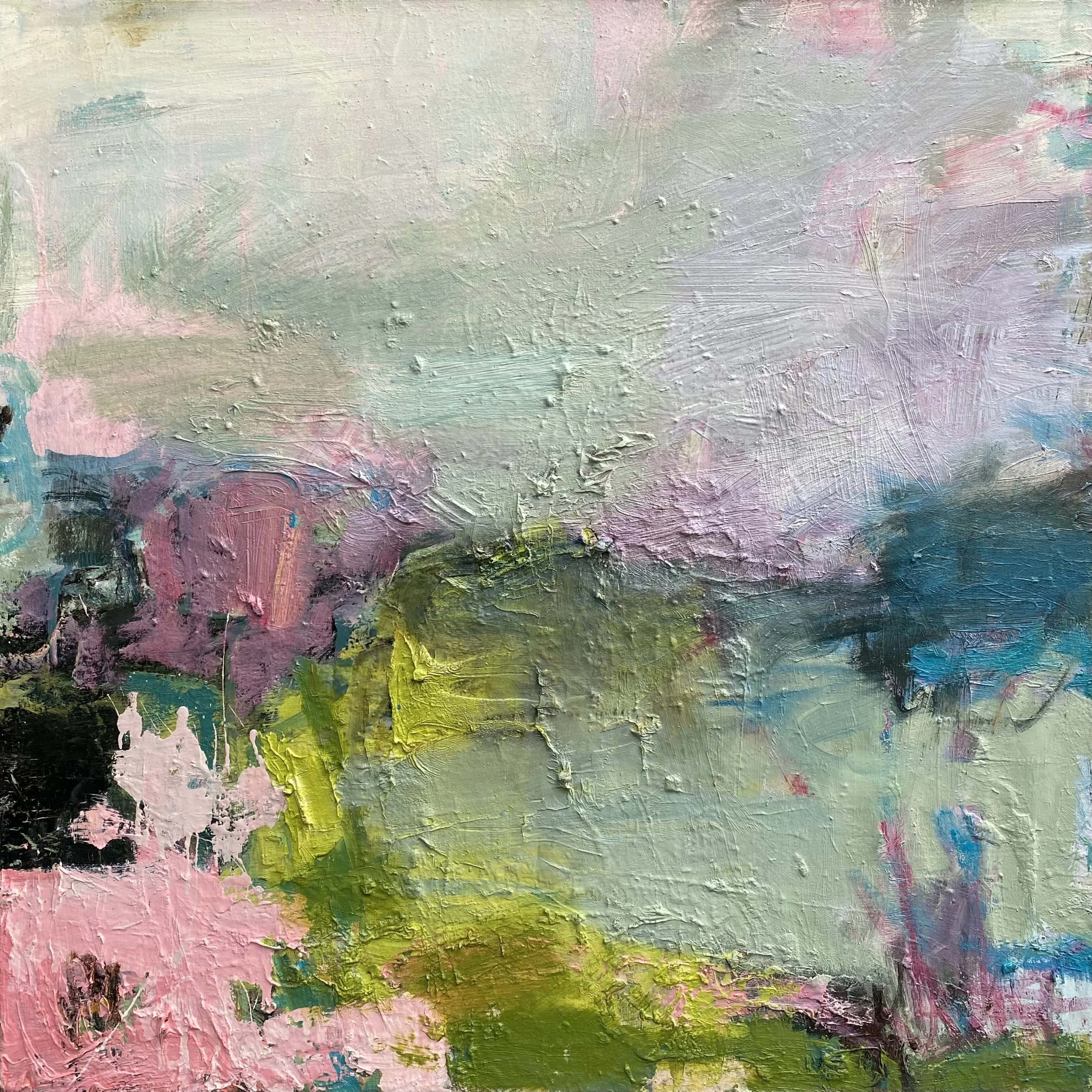Contemporary British Landscape Painter

About
Gardner is a contemporary landscape painter with integrity and passion. Her work is held in high regard by both art lovers and her artist peers. Her paintings have been shown with many highly regarded galleries, art centres and art fairs and are collected both in the UK and beyond, also having been sourced by interior designers for large hotels and collectors. She has been painting landscapes and exhibiting for the past 20 years.
Paintings in situ
Addy Gardner has sold work to many people across the uk and beyond. Buyers and collectors regularly explain how much joy the works bring. In different lights, Addy’s paintings, made up of many layers, show different colours and different aspects of the land and its light and weather.
Addy has been very successfully curating her shows in the last few years. This has included both exhibitions and art fairs. In the past she worked with Jenny Blyth (Gallerist & Curator) of Jenny Blyth Fine Art as well as lots of other galleries who have held her work both long term and short term.
Shows & Curation
Workshops & Mentoring
The perfect balance of structured guidance and personal exploration. Regular workshops from Addys home studio and in person, or online mentoring are available.
Contact
Addy would like to know if you have ever purchased one of her paintings from a gallery in the past. She would dearly love to see photos of the paintings today. She can also revarnish and rejuvenate older works.










